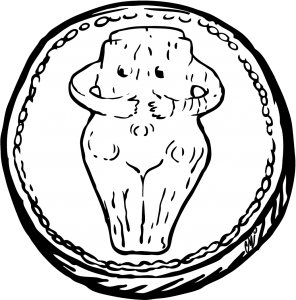Exhibition at the Suțu Palace
Parchments from the patrimony of the Bucharest Municipality Museum

The Museum of Bucharest is the beneficiary of a diverse and varied Collection of documents that includes documents from the chancelleries of the rulers of Wallachia starting with the second reign of Dan II (June-August 1428) and continuing with Basarab the Younger, Vlad Călugărul, Radu Paisie, Alexandru II Mircea, Mihnea Turcitul, Ștefan Surdul, Mihai Viteazul, Radu Șerban, Gavril Movilă, Matei Basarab, Constantin Șerban, Grigore Ghica, Antonie Vodă from Popești, Gheorghe Duca, Șerban Cantacuzino, Constantin Brâncoveanu, Ștefan Cantacuzino, Nicolae and Ioan Mavrocordat, Ștefan Racoviță and others.
In terms of content, the deeds issued by the royal chancelleries include references to reinforcements regarding the possession of estates, villages, gypsies, Romanians, houses, shops, etc., spread in various places in the country or in the Capital, donations of such goods to various boyars faithful to the prince and the country, accolades awarding, but also royal orders for the great boyars of the Royal Council or servants, in order to research and demarcate estates, villages, etc. All the documents are written on parchment support by the clerks of the royal chancelleries in Slavonic and Romanian with Cyrillic characters.
Most of these documents are decorated with rich frontispieces that do not lack the coat of arms of Wallachia, which appears in several forms ‒ the crucified eagle or the bicephalous Cantacuzino eagle of Byzantine origin. Then, we meet the united coat of arms of Muntenia and Moldova, when we refer to the documents issued by the chancelleries of the Phanariot rulers who held the throne alternately in the two countries on either side of the Milcov River. Sometimes the coats of arms are held by angels to emphasize, once again, that the prince was appointed by the Divinity to lead the destinies of a country. In the case of the charters of the Phanariot rulers, the coat of arms in the frontispiece is surrounded by the initials of the prince’s name. Often, the eagle and the ox have crowns above their heads or the entire coat of arms is stamped with a crown, flanked by the insignia of power ‒ the scepter and the mace.
Always, the initial letter “M” is ornamented vegetally, flowery, is free or contained in a vignette, preceded by the symbolic invocation “†“, which in turn is ornamented or is placed above the initial letter, forming a common body with it.
Most of the documents have the royal title written in cinnabar paint, gold solution, but also in black ink or the golden letters have the edges doubled in cinnabar paint. Sometimes the first lines of the deed’s text are delimited on the right by a second vignette. Always, the end of the sentences inside the text are marked with different signs either in red ink or gold solution, and also the beginning letters of the new sentences or mentions of years and sums of money.
At the bottom of the texts are written the royal monograms, always in cinnabar paint, preceded or not by the symbolic invocation. The autograph signature of the issuer is always written in black ink, but there are also documents that do not benefit from the signature of the first dignitary in the state. All deeds are authenticated with the middle royal seal, applied in red wax, with or without paper stamp, sewn or not on the base, with silk of various colors. White wax was also used for this purpose. We also have formal documents authenticated with hanging seals from red wax in a cup or protected in a metal box, with red silk or gold metal thread with tassels. The seal field shows the arrow scene or the seal is of the heraldic type. In the exergue, the legend is written in Cyrillic letters, by truncation, which contains the symbolic invocation, the particle “Io“, the name of the possessor, the title of “voivode” and the quality of “lord” of the country, sometimes being mentioned also the date when the sealing matrix was worked.
The exhibition is a good opportunity to exhibit these documents written on parchment and spectacular from the point of view of ornamentation, and is addressed especially to those whose daily concern is the study of documents, from the point of view of internal and external criticism of the act, but also to the general public who can admire the aesthetic qualities of some special masterpieces made by the royal chancelleries at a given time.
Dr. Grina-Mihaela RAFAILĂ, museographer

